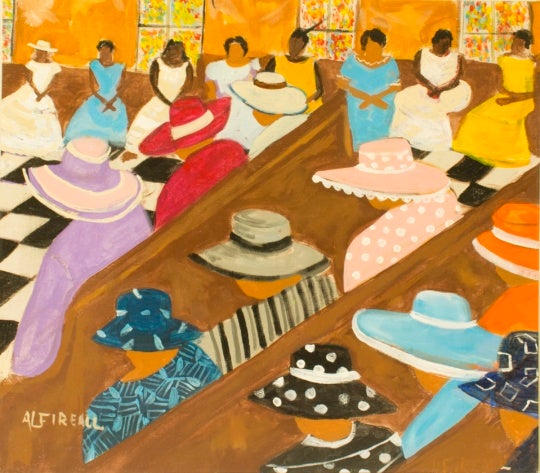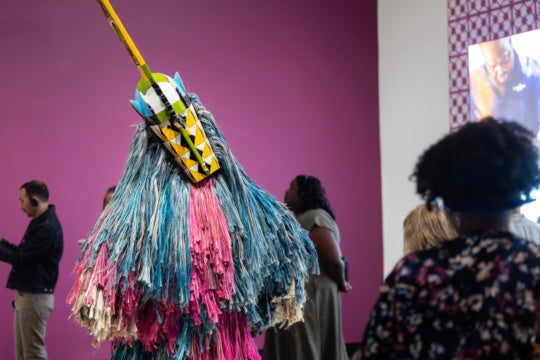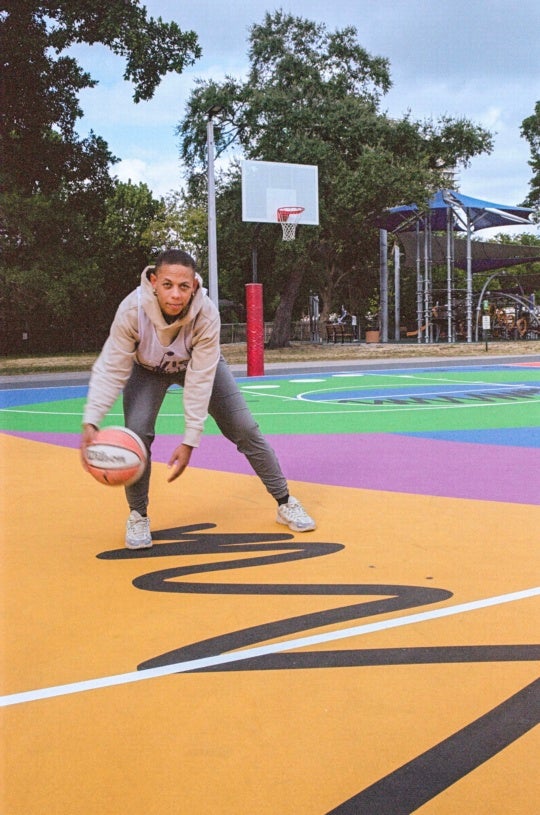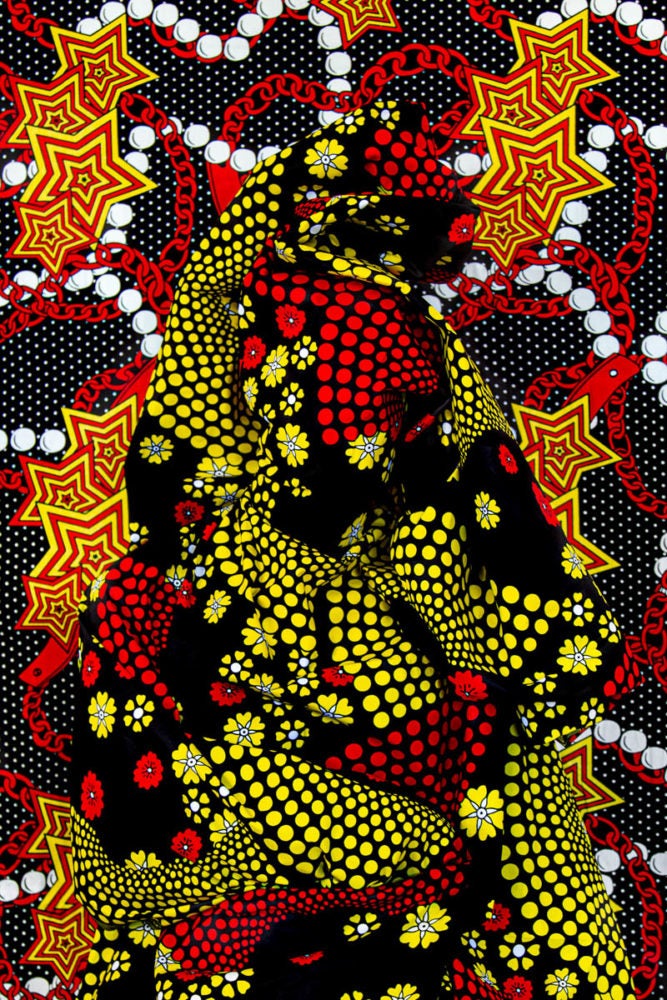
Yemeni-Bosnian artist Alia Ali explores cultures at geographic crossroads. Her work considers how politics, economics and histories collide in fabric patterns and techniques, showing how fabric both unites and divides us. Focusing on wax print fabric—a form with roots in Indian, Japanese, Chinese, Javanese, Dutch and African traditions—FLUX captures the way textiles move and migrate across different cultures.
from the exhibition text
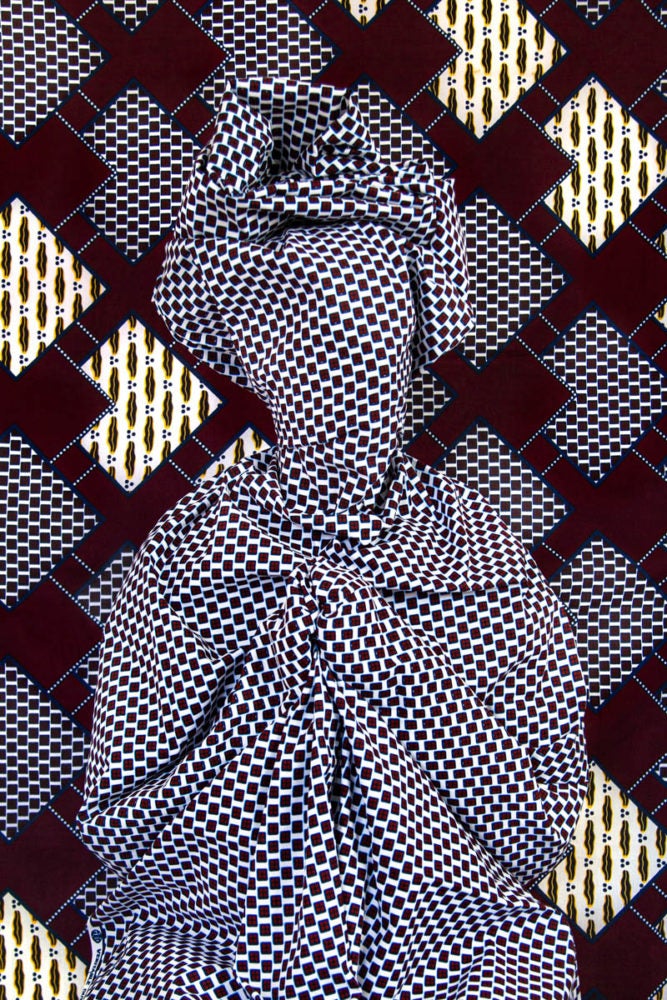
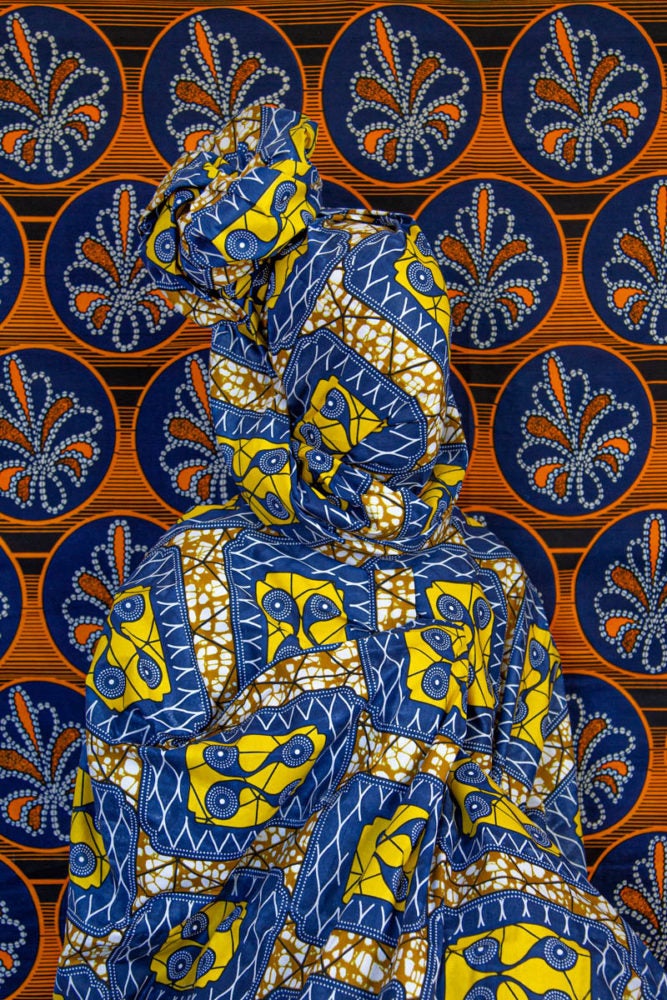
In most cases the fabric is defined by its maker, but these fabrics in flux are an exception. Who names them? Is it the entity who produces the cloth, or the entity who consumes it? Or is it, perhaps, the one who ensures their passage into a new geographic coordinate? Just like denim raises the question of being French or American, or because of its use of indigo, is it Japanese, Indian or Ghanaen? One could follow a similar line of questioning with wax print: is it Indian, Chinese, Javanese, Dutch or West African, and if so, then what part of West Africa, exactly? What is clear is that these particular wax prints present a literal and conceptual space with hidden stories and promised potentiality. They conjure pride and pity, celebration and rejection, power and greed.
Alia Ali from on FLUX
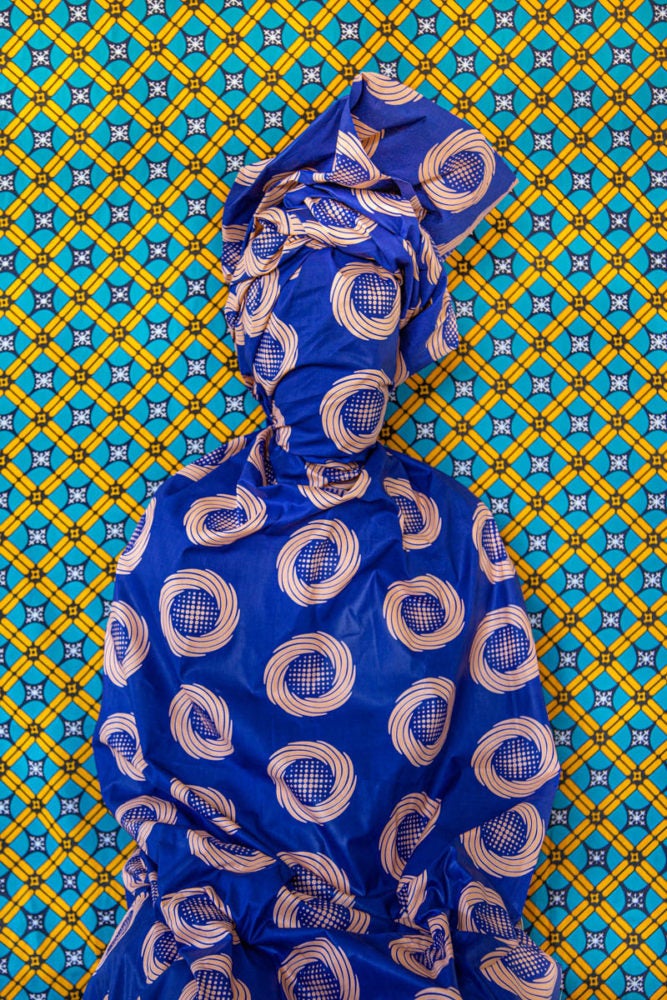
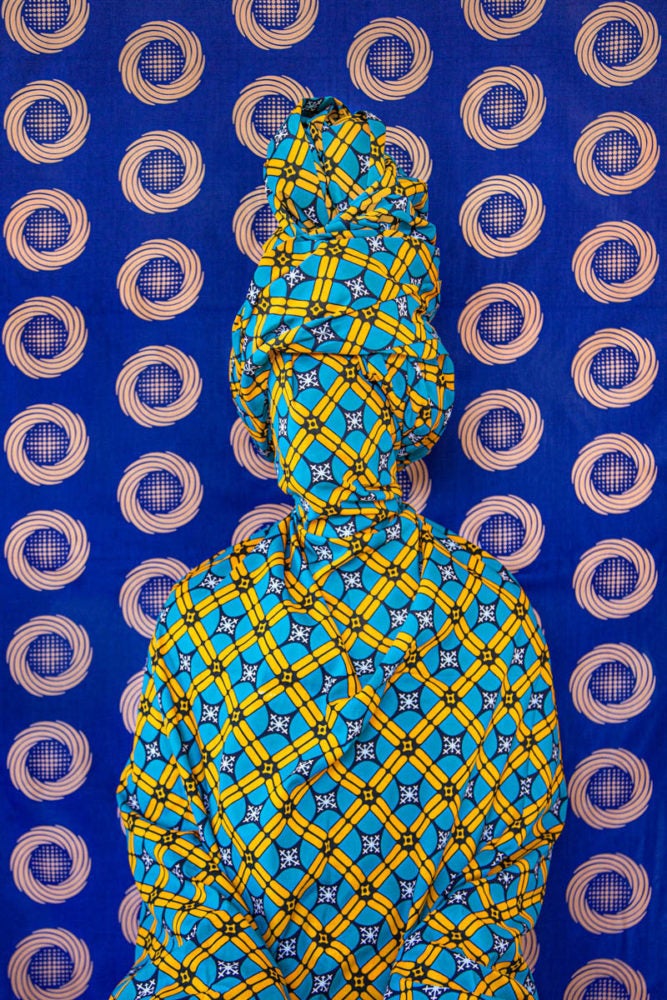
Alia Ali: FLUX is on view at the New Orleans Museum of Art until August 2. Due to the uncertainty around COVID-19 closures, please call ahead before you plan your visit.

